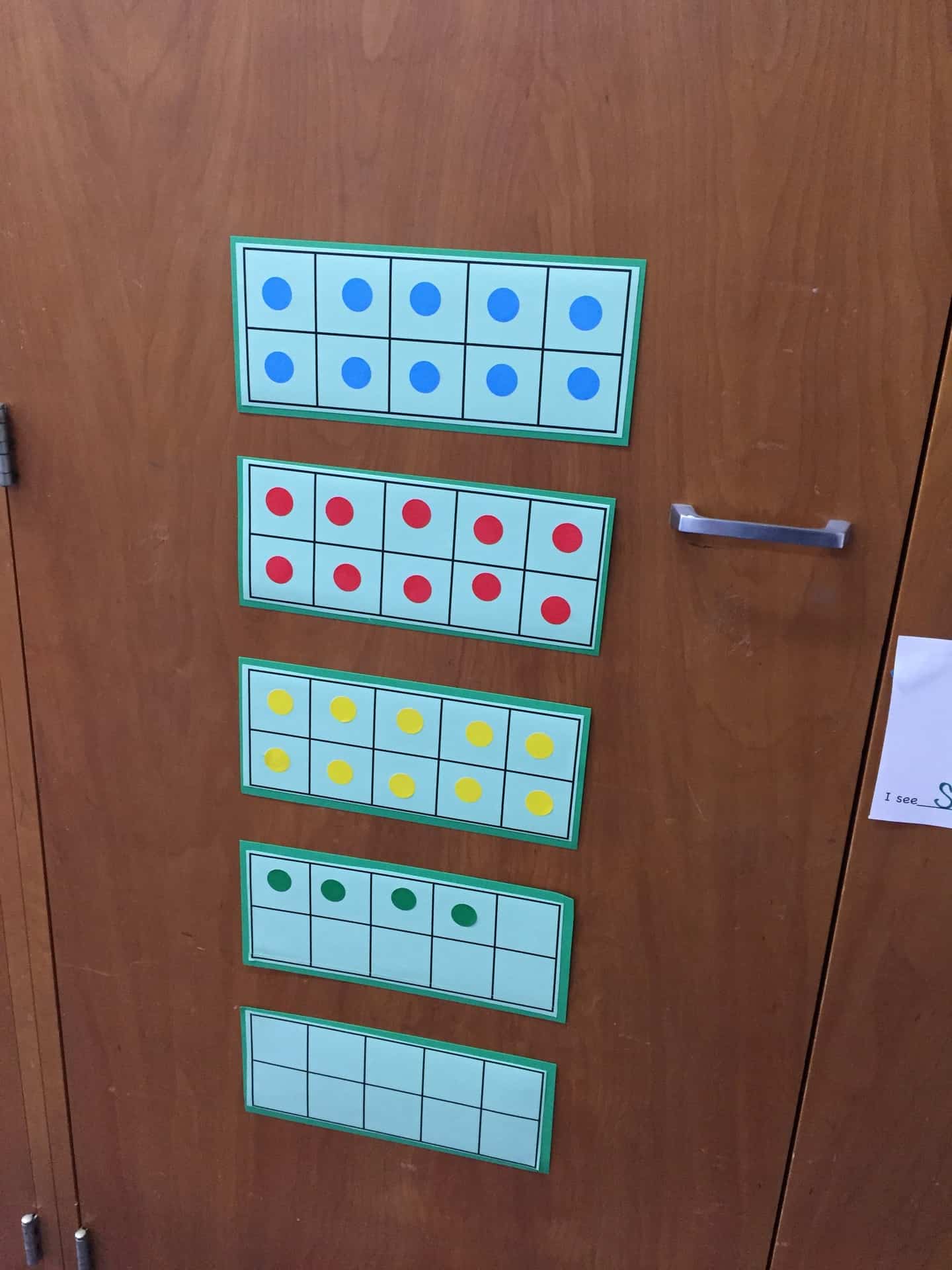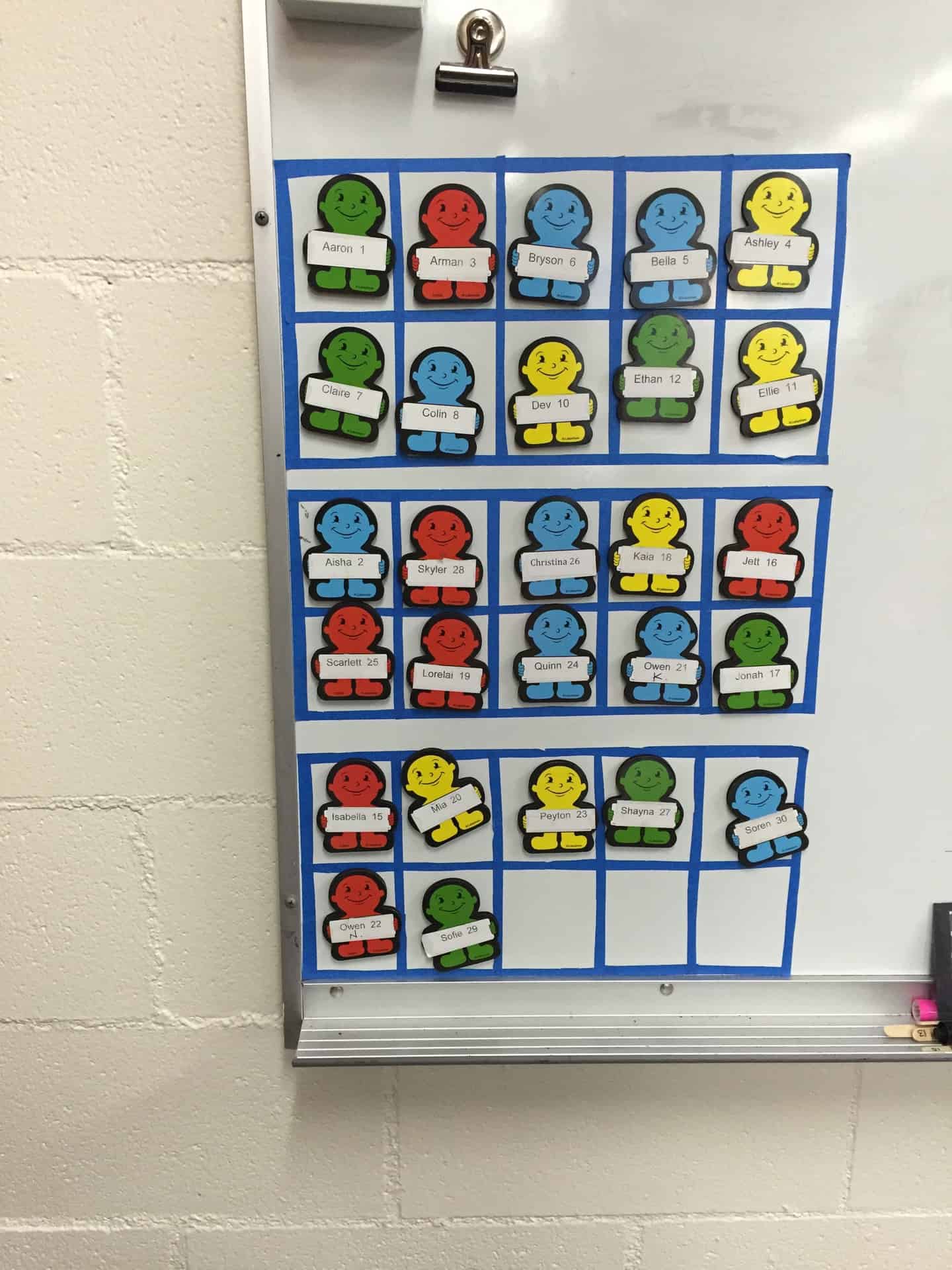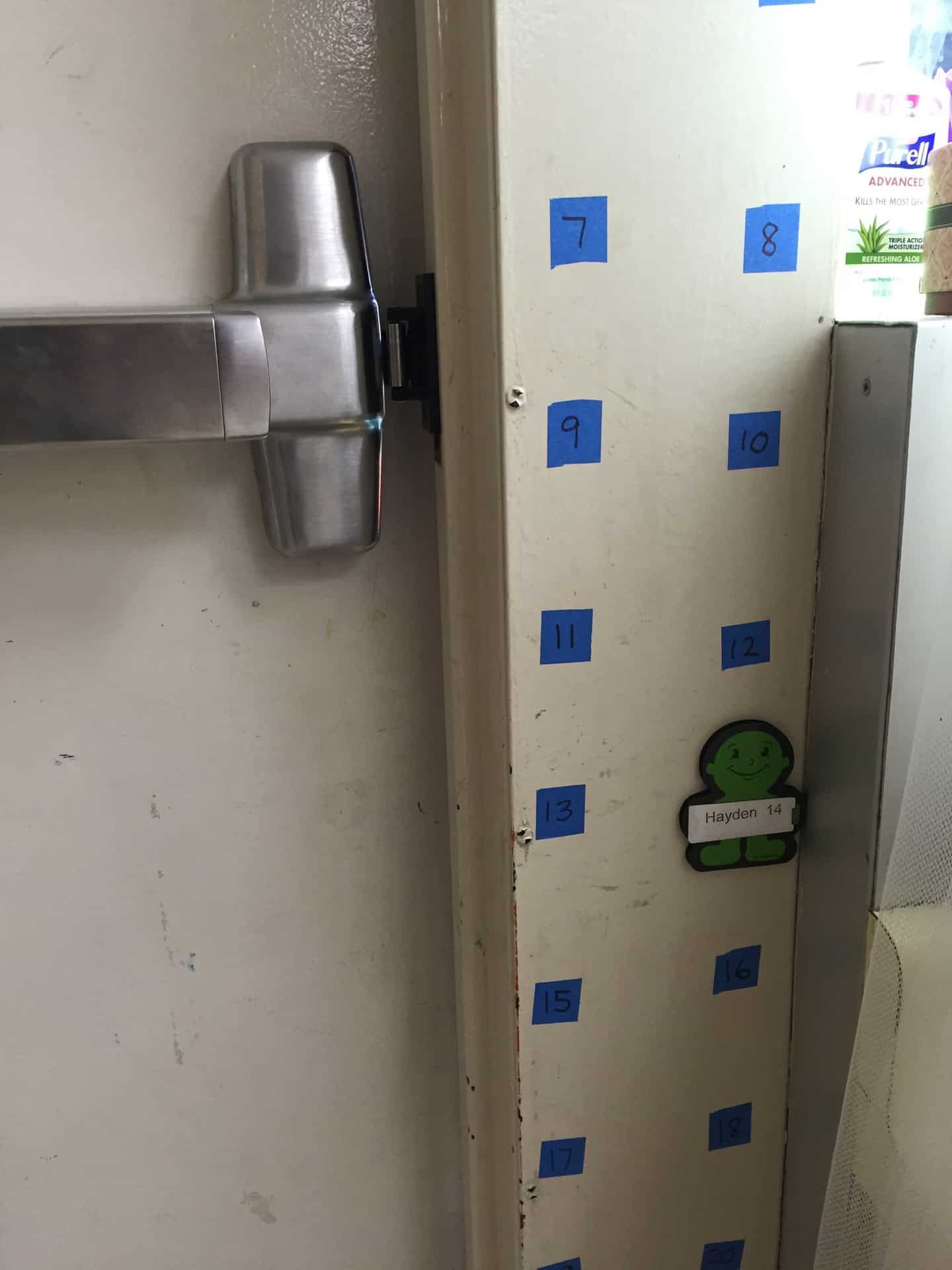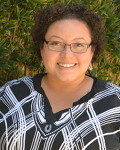I teach Kindergarten in an Orange County charter school. Our school is just starting its 6th year, and though some things have remained the same during that time, the math curriculum has not been one of them. Our math has been a conglomeration of snippets of Everyday Math lessons, tasks found from Illustrative Math, lessons we have tried in past years, fluency practice, and story problems. Not the easiest path to follow in order to structure coherent math instruction. So when our principal announced we’d be refocusing and heading back to our anchor curriculum, I think we all breathed a sigh of relief. While some may find using curriculum to be mundane, I feel it is the best way to ensure that I am meeting standards and utilizing material that is coherent and focused. At least that’s what I thought…
This summer EdReports released their review of Everyday Math. To my dismay the Everyday Math Kindergarten curriculum I use did not pass Gateway one, the first stage of the review, because it was missing major points on Coherence. Because my textbook did not pass this initial baseline, Rigor and Usability were not assessed. In this moment, I had to step back and make choices about how to use this information. The EdReports review noted that, while the curriculum did not meet expectations for staying focused on the Major Work of the Grade, the textbooks could be adjusted by the teacher to become more focused. These adjustments would be my responsibility.
Before I dove into the lessons themselves I took a big look at the Routines. Everyday Math recommends five daily Routines to implement throughout the day in Kindergarten: Number of the Day; Attendance; Daily Schedule and Monthly Calendar; Weather and Temperature Observation; and Survey. Routines in all areas of the day are incredibly important for our Kinders, but because I’ll be spending 10-15% of instructional time on daily Everyday Math Routines, I wanted to find ways I could use those activities to build greater understanding of Major Work of the Grade content. Here are some simple changes and additions I’ve made to make two of the Everyday Math Routines more focused on the Major Work of the Grade.
Number of the Day
I know that a Major Work of the Grade topic in Kindergarten is building the idea of a teen number as ten ones and some more ones. (K.NBT.A.1) Everyday Math uses craft sticks to count each day students have been in school. The students build bundles of 10’s to build concepts of place value, conservation, and a concrete understanding of ten ones. In addition to the craft sticks, I decided to place ten frames on our wall that we would add to each day. Although a ten frame isn’t officially introduced until lesson 2-9, when students arrived on the first day, I had the ten frames up ready and waiting. On the first day, I did not emphasize the ten frame as a tool; instead I emphasized that we would be adding one dot per day. Each day we add a dot and we count by ones to see how many days we have been in school. On the eleventh day, we added a dot to our next ten frame and talked about seeing 10 (a full ten frame) and one more. We counted and I emphasized that we call that eleven, which is 10 and one more. We counted 10 and some more each day until we had filled up 2 ten frames. To my delight on the 21st day, a student said he saw 2 tens and one more! This small switch made the routine more visual for my students and laid a foundation for place value earlier. Everyday Math focuses on bundles of 10 in Lesson 8-6, but this small addition to our routine started building the concepts of 10 and some more ones, much sooner!
 The ten frame the author created in lieu of using craft sticks. This helps introduce place value and supports Major Work of the Grade content for Kindergarten.
The ten frame the author created in lieu of using craft sticks. This helps introduce place value and supports Major Work of the Grade content for Kindergarten.
Attendance
During Everyday Math’s Attendance Routine, students count which students are present or absent based using an attendance pocket chart system. I loved the idea of having the students sign in each day and use attendance as another way to count, but I again wanted to incorporate the idea of 10’s. Using blue tape, I built 3 ten frames on our board. As students arrive, they place a magnet man labeled with their name and class number onto the ten frame. On the first day, I modeled how, each morning, we would place our labeled magnet person onto the ten frame. We would fill it from left to right. And we always filled one before we moved on to the next one. 
The ten frame can be used to support the Everyday Math Attendance Routine.
At the end of the day, students return their magnet man onto their “number”, and have another opportunity to practice number recognition. We look each day at how many spaces are empty on the last 10 frame. This will build toward another Major Work of the Grade topic: for any number from 1 to 9, find the number that makes 10 when added to the given number (K.OA.A.4).
 Returning their magnet person to a designated number helps students practice number recognition and enhances the impact of the Everyday Math Attendance Routine.
Returning their magnet person to a designated number helps students practice number recognition and enhances the impact of the Everyday Math Attendance Routine.
By shifting the way the Everyday Math Routines were delivered, it allowed me to meet larger mathematical goals and deepen the connection to Major Work.
Stay tuned for my next post where I explain how to make use of the remaining Kindergarten Routines to support standards-aligned instruction.
To read the full review of Everyday Math Kindergarten, please visit EdReports.


















